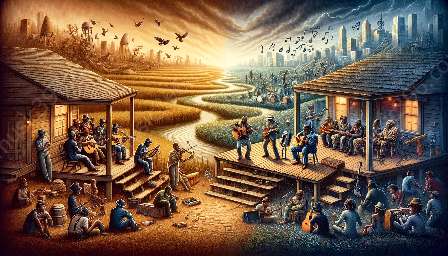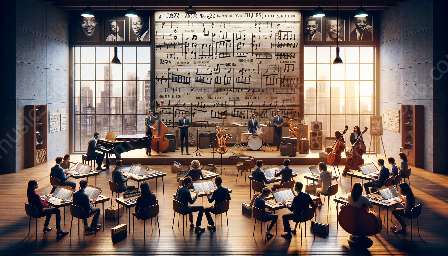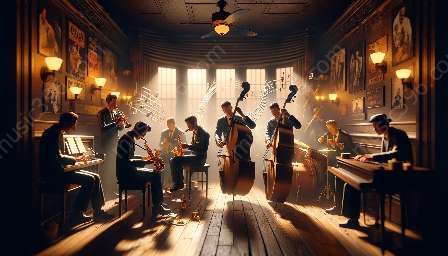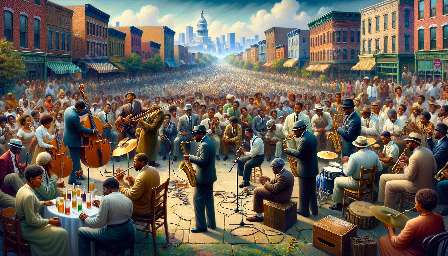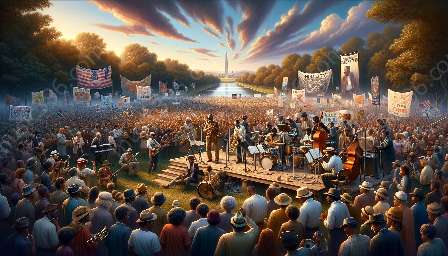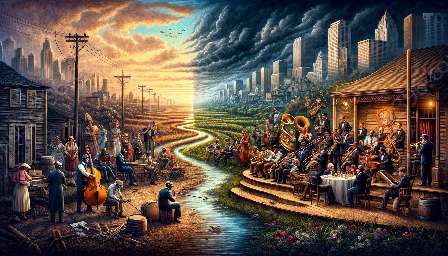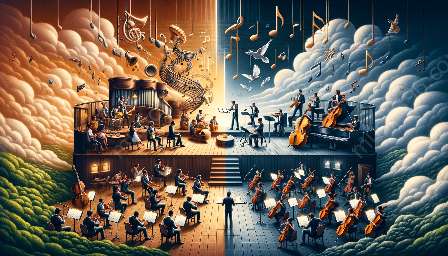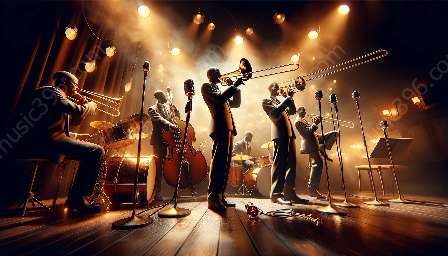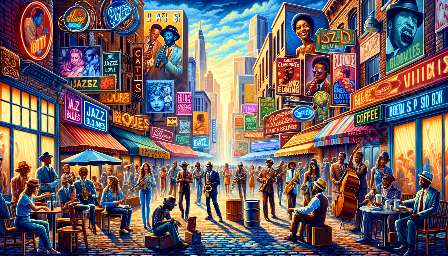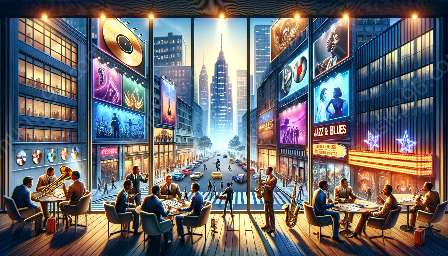The intersection of jazz and blues with other music genres has had a significant impact on the evolution of jazz and blues over the centuries. This topic cluster will explore how jazz and blues have influenced and been influenced by other music genres, showcasing their evolution and the unique connections that have been formed.
Evolution of Jazz and Blues Over the Centuries
Jazz and blues have a rich history that spans over a century, evolving and adapting to various cultural and artistic influences. The roots of jazz can be traced back to the late 19th century, emerging from a blend of African and European musical traditions. The blues, on the other hand, has its origins in the African-American communities of the Southern United States, with roots in spirituals, work songs, and chants.
As jazz and blues continued to evolve, they intersected with and drew inspiration from a myriad of other music genres, including but not limited to:
- Rock: The fusion of jazz and blues with rock music gave rise to genres like jazz-rock and blues-rock, characterized by electrified instruments and a more energetic sound.
- Funk: Funk music, with its emphasis on rhythm and groove, has been influenced by the improvisational nature of jazz and the expressive storytelling of blues.
- Latin: The infusion of Latin rhythms and instrumentation into jazz and blues has resulted in vibrant subgenres like Latin jazz and Latin blues, creating a fusion of cultural elements.
- Hip-Hop: The sampling and reinterpreting of jazz and blues records by hip-hop artists have created a distinct connection between these genres, highlighting the continued relevance of jazz and blues in modern music.
Jazz & Blues Intersection with Other Music Genres
The intersection of jazz and blues with other music genres has been a dynamic and transformative process, leading to the emergence of hybrid styles and a rich tapestry of musical expressions. Here are some noteworthy intersections:
Jazz-Rock Fusion
Jazz-rock fusion, also known as jazz-fusion, emerged in the late 1960s and early 1970s, blending the improvisational nature of jazz with the high-energy, amplified sound of rock music. Artists like Miles Davis, Herbie Hancock, and Weather Report pioneered this genre, creating a bridge between the complexity of jazz and the accessibility of rock, appealing to a diverse audience.
Blues-Rock Evolution
The fusion of blues and rock music resulted in the development of blues-rock, characterized by the use of electric guitars, amplified instruments, and a driving rhythm. Pioneered by artists such as Eric Clapton, The Rolling Stones, and Jimi Hendrix, blues-rock brought the emotional depth of blues to a wider audience, while embracing the raw energy of rock.
Jazz and Latin Influences
The infusion of Latin rhythms into jazz gave rise to Latin jazz, a genre that integrates Afro-Cuban and Brazilian elements into the improvisational framework of jazz. Artists like Dizzy Gillespie and Stan Getz were pivotal in popularizing this fusion, adding a new dimension to jazz with vibrant percussive patterns and infectious grooves.
Hip-Hop Sampling
Hip-hop artists have frequently sampled jazz and blues records, repurposing and recontextualizing iconic sounds to create new sonic landscapes. The use of jazz and blues samples has enriched hip-hop's sonic palette, connecting the genre to its musical roots and paying homage to the pioneering artists who came before.
In Conclusion
The intersection of jazz and blues with other music genres has been an ongoing dialogue, resulting in diverse and innovative musical expressions. From the fusion of jazz and rock to the incorporation of blues into hip-hop, these intersections have expanded the sonic possibilities of jazz and blues, ensuring their continued relevance in the ever-evolving world of music.


